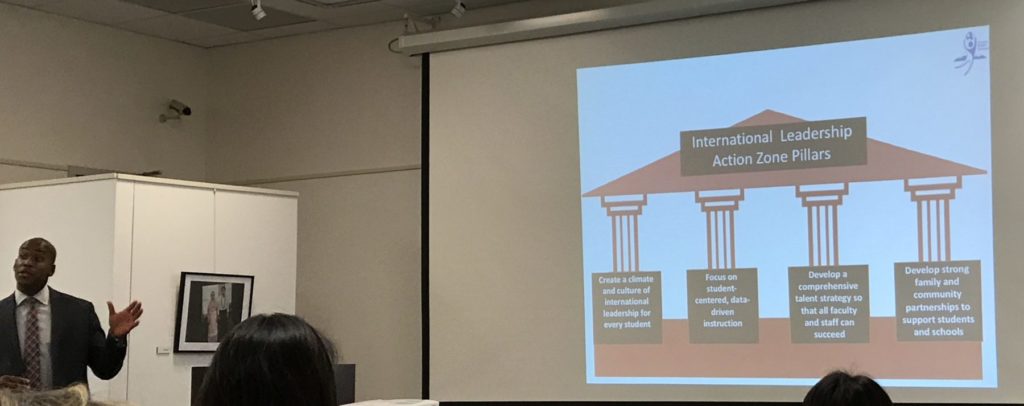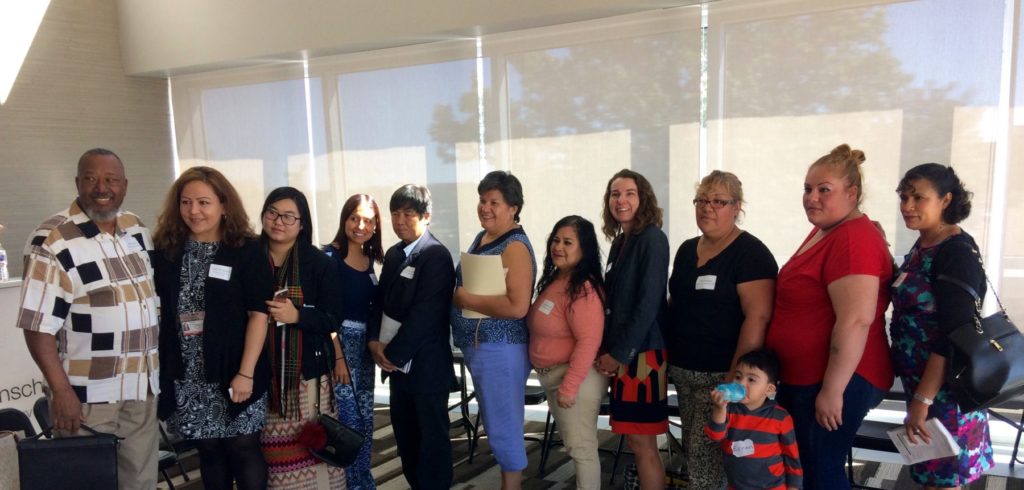Recent events (and upcoming elections) have education leaders in Colorado asking: is there momentum in Aurora?
What is “The Big Mo”?
Some folks may have heard about the idea of “The Big Mo.” It’s shorthand for a term in behavioral momentum theory that suggests success breeds success. It’s the idea that when a campaign or team starts to rack up wins, generating more wins is easier and begins to produce its own big momentum. The idea has shown a surprising amount of research strength and maybe even more salient in our modern, connected world.
So what is The Big Mo in education and education advocacy? It’s when the small wins start adding up. It’s when parents and families start to see the effects of their change. It’s when people start making sure that the progress doesn’t get lost. It’s recognizing that the goal is far away, but the work is starting to connect. It’s when folks that have been pushing that ball uphill for a while get joined by new folks who help shoulder the load.
It’s clear we need Big Mo in Aurora. Our last report showed how much work still needs to happen. And as we discussed in our August newsletter, Aurora saw some school’s performance increase significantly while others remained far away from ensuring all students have an excellent education.
For example, overall district proficiency rates inched up across subjects, but in some of the most struggling schools, proficiency rates have stayed the same or gone down. Potentially, even more concerning, are the schools that have had low growth for students for multiple years in a row – meaning students consistently learn less each school year than their academic peers across the state.
While we are not ready to spike the football on the fact that Aurora has moved off the state accountability clock, A+ Colorado knows that wins matter. We know that if district leadership, combined with other advocates and families can use these wins – you can build “The Big Mo.”
Small Wins, Big Challenges in Aurora
A+ Colorado has been asking itself – what are these wins and progress points and how can they start to build the momentum needed? We’ve had the chance first hand to see some examples which could point the way forward.
Dr. Lamont Browne recently hosted a stepback with community leaders about the status of the Aurora ACTION Zone.

It’s clear that a ton of smart, hard work has gone into building the capacity of the Aurora system to act more flexibly, more sharply and with increased support of students and families in the Zone schools. The district has reallocated $500,000 back to schools for flexible supports. Included in that is a new talent initiative to bring teachers and leaders to Aurora and targeted supports to meet the individual needs of each school. And maybe most significantly, Dr. Browne offered a realistic and clear assessment of current academic progress and asked for community support to pushing the district. Public leadership and public accountability are essential elements to rally folks and build The Big Mo as Dr. Browne showed at the meeting.

This past Thursday, members of the Aurora community & CU Anschutz Residents Leadership Council met with Colorado Education Commissioner Dr. Katy Anthes and State Board member McClellan. Parents asked for more partnership with organizations to help them understand data and trends. They communicated that this data is essential for them to be able to advocate for their students, schools and for the district. They also asked for support from allies who want to increase the voice of families in the educational decision-making process. Also in the room were education leaders from both philanthropy, community organizations and grassroots groups who have been working to build up the ecosystem. It’ll be parents like the Residents Leadership Council and those partners in the room who will keep the fires of the The Big Mo alive to keep the pressure on the system.

Good news is emerging from the district-charter turnaround at Fletcher. This writer recently visited Rocky Mountain Prep at Fletcher, met passionate staff members and saw joyful learning happening (in particular at a engaging music class). He heard from staff about the strong and powerful partnerships that they’ve built with the community. The staff spoke positively about the support they’ve received from district staff and the Fletcher legacy school (I’ll be writing more about that in a forthcoming post). These staff stories break the narrative that district and charter turnaround work cannot be productive and is inherently confrontational. In Aurora, we now have two schools working together, sharing wins and ensuring families are supported. This example can lead to powerful collective vision and impact.
These examples show that it’s going to take a variety of community advocates, district leaders, stakeholders and families understanding the current challenges and working together to keep the work going.
This is tough, hard work and the need is immense. But, if not now, when?
Seizing the Momentum
So the time has come for the Aurora education community to ask themselves a series of questions:
- Can we take these wins and translate them into “Big Mo”?
- How can we acknowledge the gains we still need to make with clarity and transparency?
- How can we mobilize others to recognize the depth of work we still need to take on?
- Are elected leaders ready to invest in the programs that work and help the system shake off what is not working?
And maybe most importantly…
- How can we move together with urgency, yet manage the pace of change to ensure effective implementation?
If we can get Big Mo in Aurora, then it’s up to us as education advocates to name it and support it. Families and kids are counting on us. ![]()